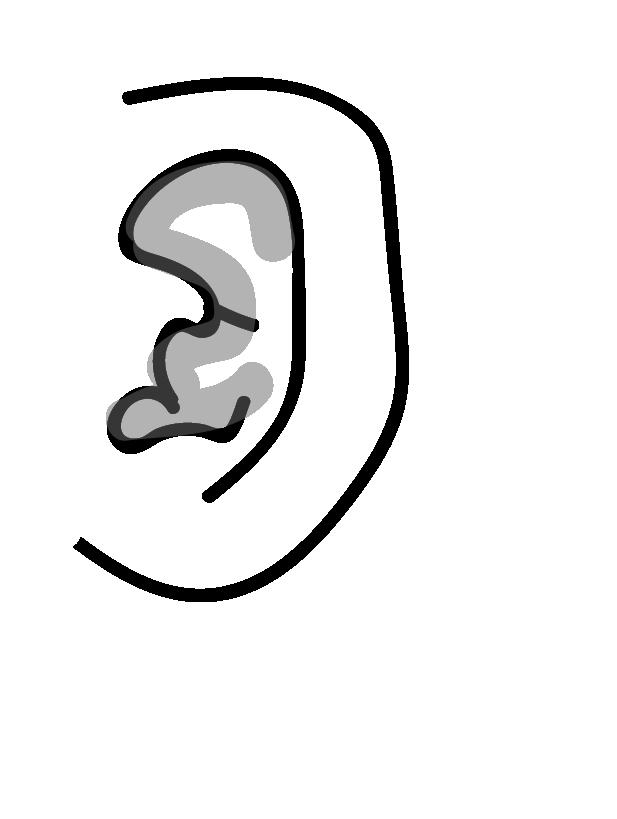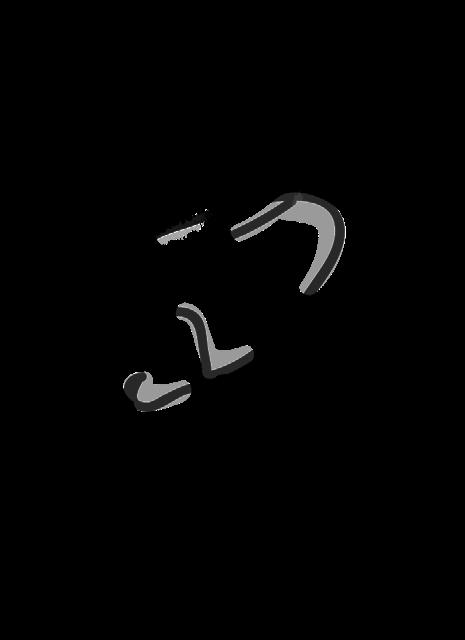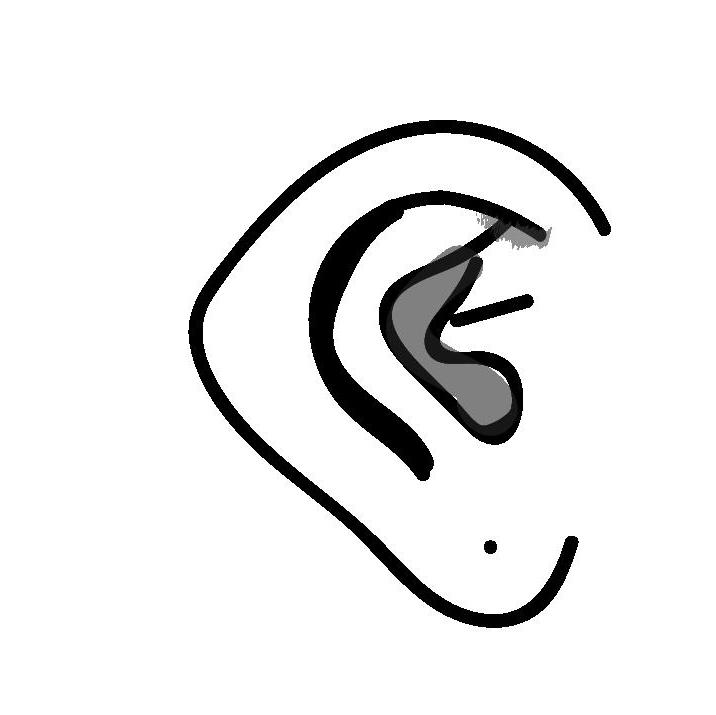
4 minute read
AN EARFUL
AN EARful INTRODUCTION ERZSI SALY

Advertisement
I’m here to talk about ears, the delicate cartilage lumps attached to your head. They are unique and offer us a lot in terms of balance, displaying personality and for some, hearing. But they are easy to overlook and forget about, to think about as unimportant mounds of flesh. There are so many products and markets for skin care, hair care, hand care, foot care and eye care, but not a lot about ear or hearing care. It’s time to dive a little deeper into how our ears work and how to protect them.
PEPPER MAGAZINE We pop into the world at birth with fully formed ears that hardly change after age 10 1 . As we grow older the lobes some

times expand slightly and sag with age and gravity at a rate of about 1.22 mm per year. Our ears stay with us throughout

your life as we grow into them and ourselves. Your ears are about as unique as your finger prints and can even be used to identify you given the proper technology 2 . While our fingers have whorls and loops, our ear ridges and shape differentiate us. They are thought to be some of the most robust features on our head since they change externally very little without outside influence such as injuries and embellishments. But internally, damage can remain unseen and unthought of until it is irreversible.
Ears come in a lot of different shapes 1 like round, square,

narrow, pointed with different combinations of lobes that can be attached, free or broad. Our ear placement and how far they stick out are all genetically based markers that is unique to everyone. Ears can have a lot of meaning culturally and personally too through piercings and other modifications. Your ears can make up a large part of who you are, how you express yourself to the world and how others see you.

ANATOMY
The ear itself is divided into three parts: the outer, middle and

inner 3 . They each have different functions that help with both hearing and maintaining balance. The outer ear consists of the pinna (the part of the ear you can see) and ear canal. They gather sound and direct it towards the middle of the ear and the ear canal has glands that produces ear wax to help keep the ear clean and fight infection. The Middle ear consists of the ear drum, and three bones called the malleus, incus and stapes. The middle ear turns sound waves into vibrations by



Ear Canal
Ear Drum


Incus, Stapes Vestibular Nerve
Malleus,

Semicircular canals
hitting the ear drum and causing it to move. This in turn causes the small bones to also vibrate, delivering them to the inner ear. The inner ear consists of the cochlea and semicircular canals. The inner ear takes the vibrations from the middle ear and turns them into nerve pulses that are translated in your brain as sound through the cochlea via the auditory nerve. The semicircular canals help with balance using fluid and tiny hairs that adjust with your movement. Signals from the hairs when in contact with the fluid is sent to the brain via the vestibular nerve which helps us balance.
DAMAGE
Hearing damage and loss can occur in our day to day lives. It is caused from exposure to harmful sounds either due to their decibel level and/or the length of exposure5. For example, an impulse sound like an explosion can be just as harmful as a loud sound such as machinery when exposed to it for an extended period. Sound loudness or intensity is measured in decibels. Below is a visual guide to common sounds and their average decibel level. As a rule of thumb, sounds less than 75 decibels, even with long exposure times, will generally not cause hearing loss 5 . Anything above that, especially with repeated exposure will likely lead to irreversible hearing damage and loss. Noises above 140 dB can cause damage with just one exposure 6 .
As you damage your hearing, it causes irreparable damage as the tiny hairs in your ears die off. This means that protecting your hearing is important as you can never get back what you have lost. There are several ways to guard your hearing. The easiest ways are to be alert about what can be hazardous noise, wear hearing protection when around them, lower your music volume to no more than half the volume, buy appliances with quieter operating levels if you can, and move away from loud noises when you can.
Whisper - 30 dB Power Tools -110 dB Airplane-140 dB Rocket Launch-180 dB
Conversation - 60 dB Shouting - 120 dB Balloon Popping -157 dB
SOURCES
[1] https://www.cnn.com/2015/12/04/health/unique-body-parts/index.html [2] https://www.huffingtonpost.co.uk/2015/06/15/amazon-patent-phone-unlocking-system-that-uses-ears_n_7585216.html [3] https://kidshealth.org/en/teens/ears.html [4] https://www.nidcd.nih.gov/health/noise-induced-hearing-loss [5] http://chchearing.org/noise/common-environmental-noise-levels/ [6] https://www.asha.org/public/hearing/loud-noise-dangers/




